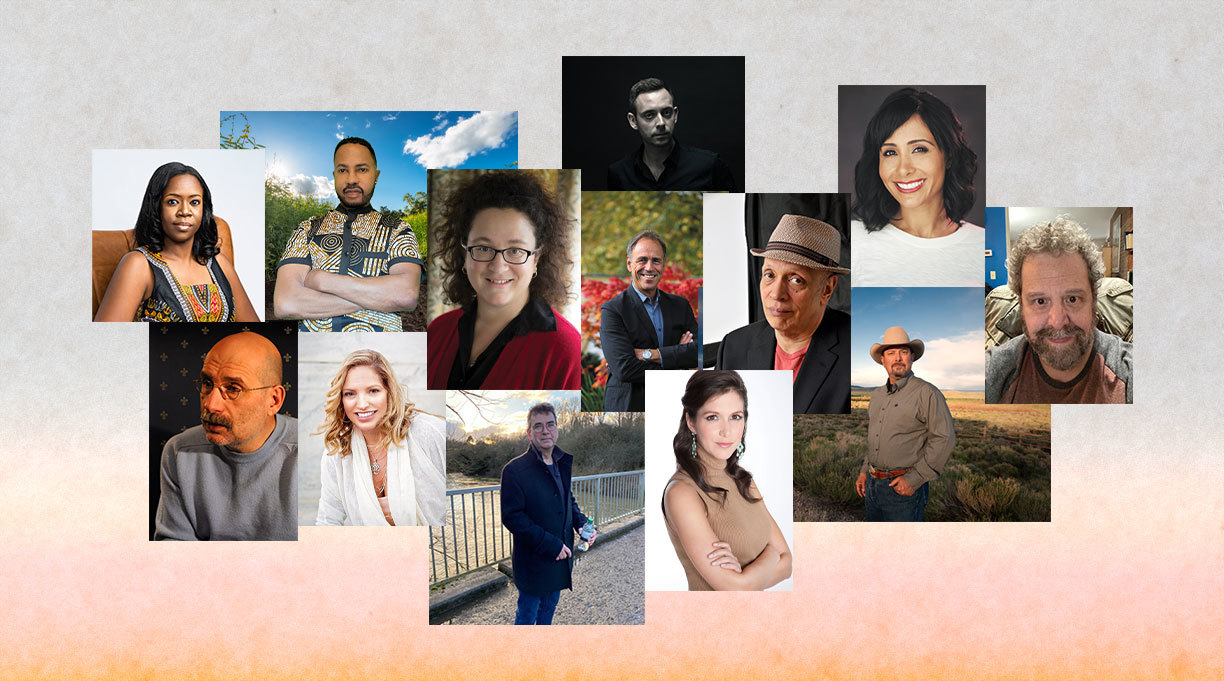
NOTE: This article is a republication- Source: Kirkus Reviews (by Thomas Leitch).
Throughout its history, the mystery genre has been defined by transformations. If the great detectives created by Poe and Conan Doyle sought to impress readers, the golden-age detectives of Agatha Christie, Dorothy L. Sayers, and Ellery Queen invited readers to a competition, solving crimes based on the scrupulously fair presentation of the evidence. The hard-boiled private eyes of Dashiell Hammett and Raymond Chandler rejected the country-house coziness of the golden age and emphasized the inhumanity, professionalism and prevalence of violent crime, and the police procedurals pioneered by Ed McBain and J.J. Marric subordinated individual mysteries to their heroes’ expansive caseloads. All the while, female investigators from Jane Marple to Kay Scarpetta had been making inroads into the once exclusively male province of detectives, and the formulaic story of crime and detection was being gradually supplanted by what Julian Symons called the crime novel, which generated suspense by exploring a surprising range of mysteries outside the realm of the traditional whodunit. So any attempts to transform the genre these days operate within both a long tradition of earlier transformations and a challenge to produce further changes that feel genuinely new.
You can find the full list here